The living machine: How HVAC systems mimic the human body
In the cover feature for the October–November 2025 issue of HVAC&R News, Gary Raman, Affil.AIRAH, argues that the human body is the most advanced HVAC system on the planet.
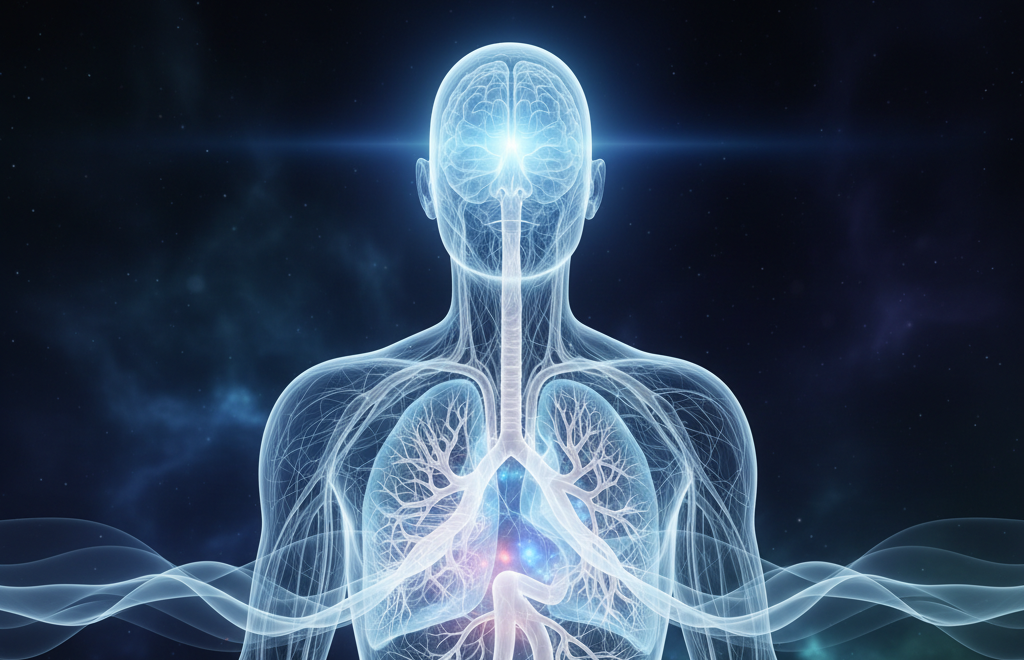
Walk into a high-rise building on a hot afternoon and you’ll feel it instantly, the rush of cool conditioned air wrapping around you. It seems effortless, but behind the walls, a complex network of machines is working nonstop.
Now pause and think of your own body. Every second, your lungs draw in air, your heart pumps tirelessly, your skin sheds heat, and your brain keeps everything in balance. In many ways, your body is the most advanced HVAC system ever designed.
What if we imagined a building as a living being? Its pipes and ducts as arteries, its pumps as a heart, its cables as nerves. Suddenly, the mechanical and the biological don’t seem so far apart. Let’s walk through the body’s processes, and at each step see how HVAC systems imitate them.
Step 1: Breathing in – the nose and air intake
When you breathe, air first passes through your nose. Tiny hairs and mucus filter dust and allergens. Blood vessels warm cold air or cool hot air, and moisture adjusts the humidity before the air reaches your Lungs.
Buildings copy this with louvers and dampers that pull in outside air. Filters then capture dust and pollutants, while pre-conditioning equipment adjusts temperature and humidity. Where a machine needs separate units for each function, your nose handles it all automatically.
Step 2: Filtering impurities – the nose’s defences and HVAC filters
If particles slip past your nose, your immune system responds by sneezing, coughing, or trapping them deeper in the airways. The body constantly defends against harmful intruders.
HVAC systems mimic this through coarse and Fine filters. These block dust, pollen, and contaminants before air circulates through a building. But unlike your self-cleaning nose, filters must be replaced or cleaned regularly to keep working.
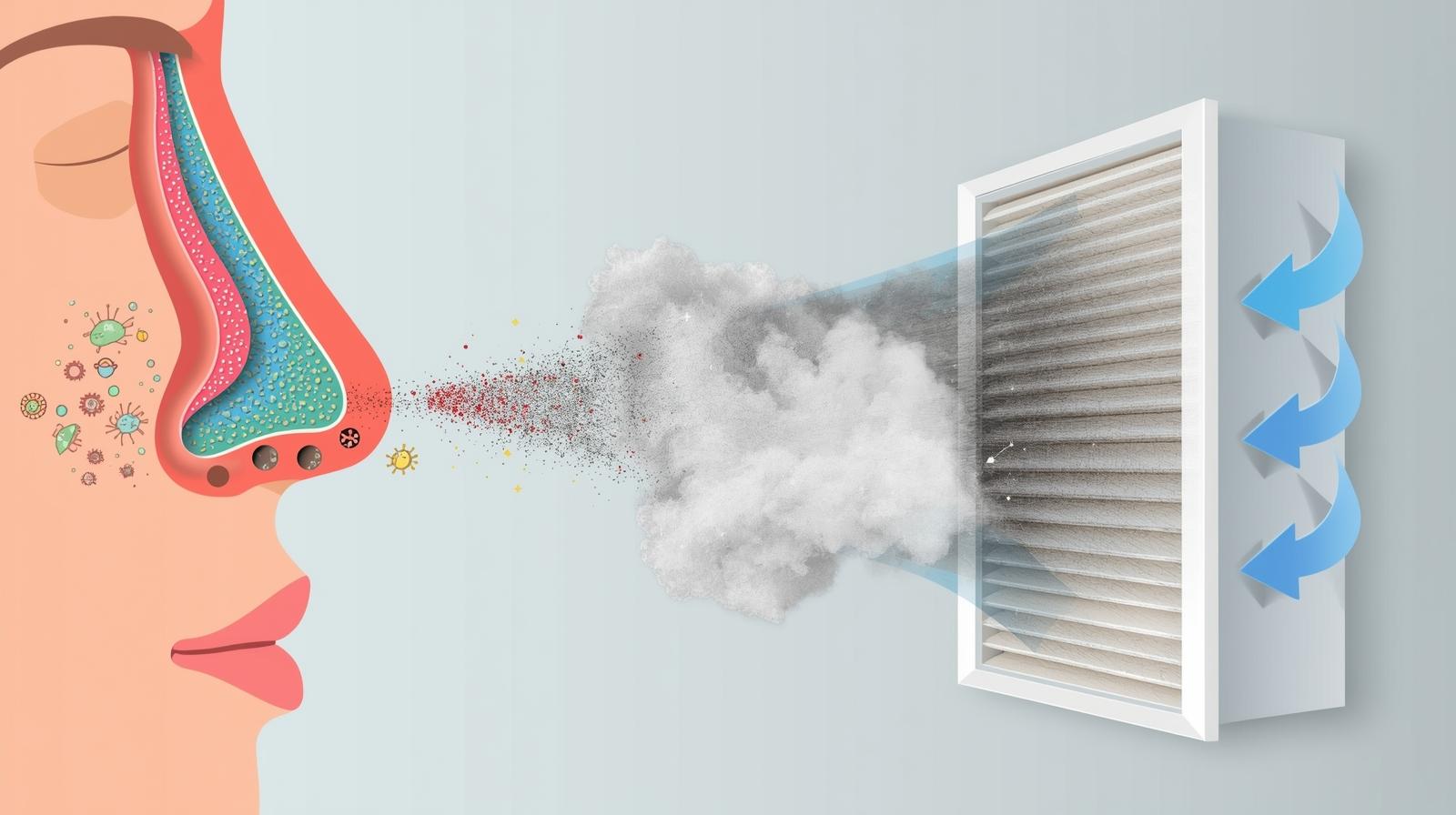

Step 3: Oxygen exchange – the lungs and air handling units
Inside your lungs, air travels to tiny sacs called alveoli, where oxygen enters your blood and carbon dioxide leaves. Muscles like the diaphragm act as fans, drawing air in and pushing it out.
In buildings, this role is played by the air handling unit (AHU). Fans pull air across heating or cooling coils, adjust humidity, and distribute conditioned air through ducts. Just as alveoli transform raw air into usable oxygen, AHUs transform raw air into breathable comfort air.
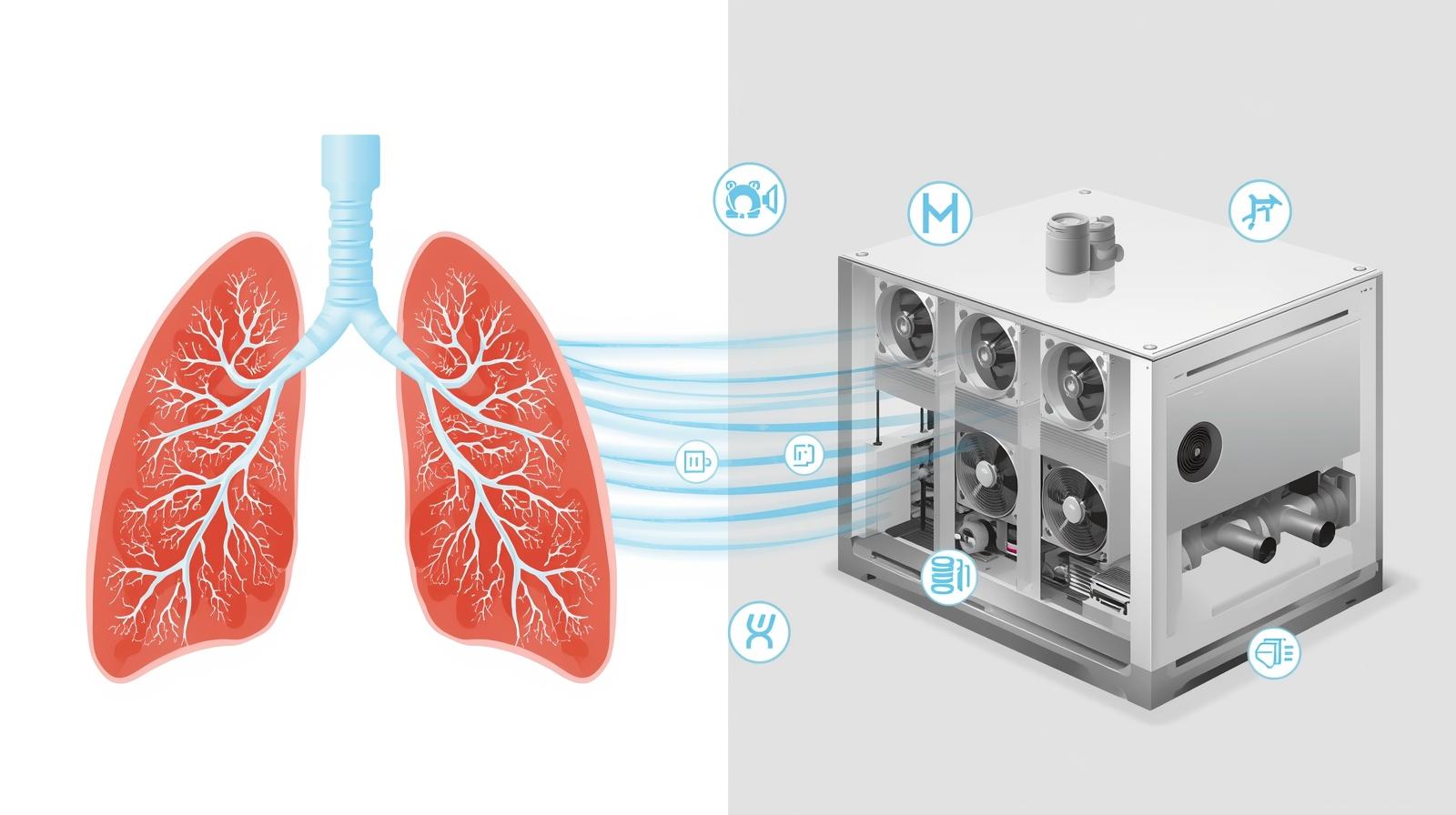

Step 4: Cooling the body – skin, sweat, and the chiller-cooling tower cycle
When you overheat, your skin and sweat glands kick in. Blood vessels widen near the surface, sweat evaporates, and heat escapes into the air. This keeps your internal temperature stable.
Buildings do the same with chillers and cooling towers. The chiller removes heat from water, which cools the air indoors. The cooling tower then expels that unwanted heat outside, just as sweat evaporates from your skin. Without this constant cycle, both humans and buildings would quickly overheat.
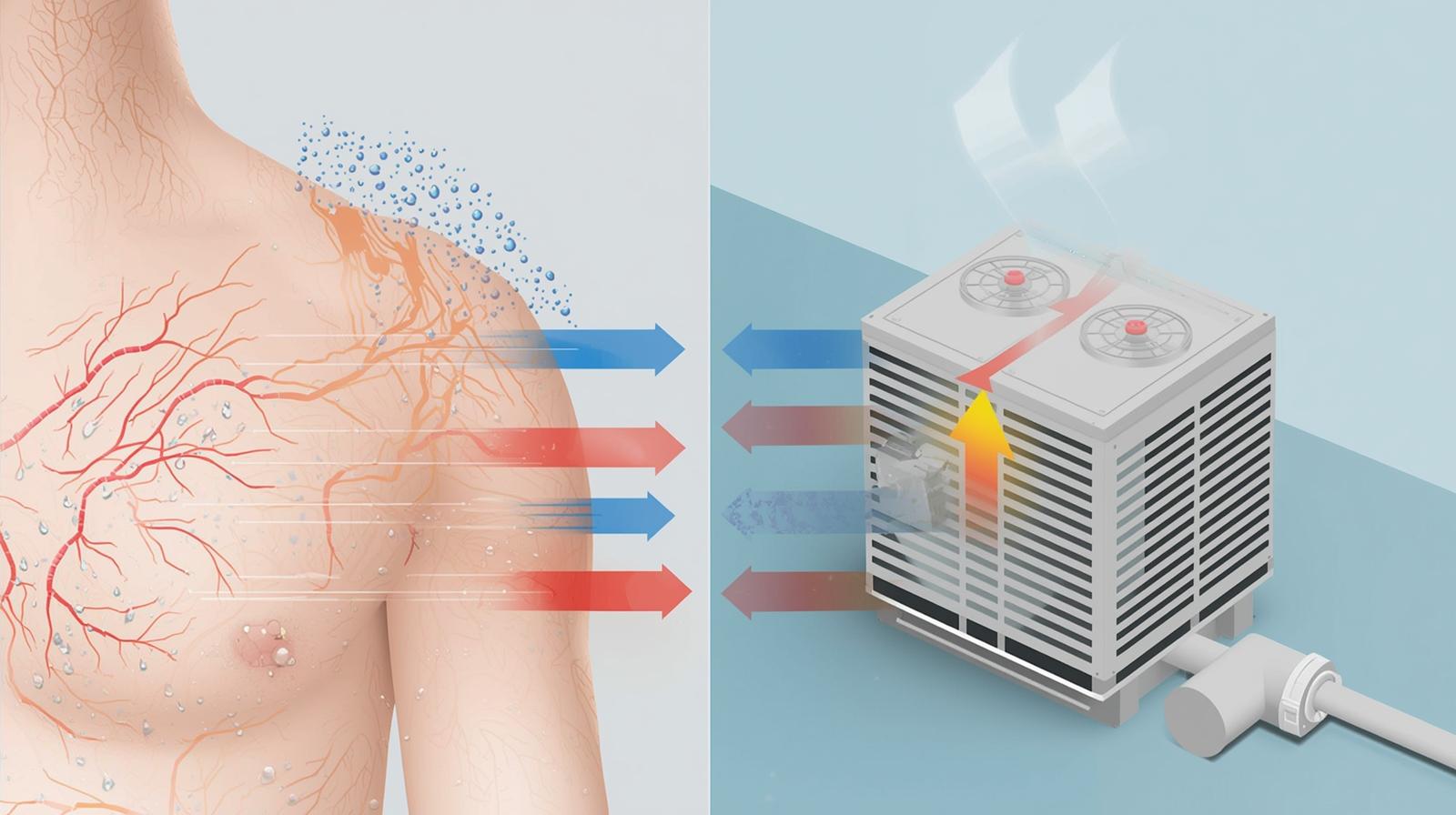

Step 5: Producing heat – metabolism and boilers
Even at rest, your metabolism burns calories to produce heat. The liver, brain, and muscles radiate warmth. The hypothalamus is the thermostat that keeps this process balanced.
Buildings generate heat using boilers or heating coils. Fuelled by gas or electricity, they warm incoming air/water during winter. Where a boiler can be switched on or off, your metabolism never stops, it adjusts continuously to your needs.
Step 6: Circulation – the heart and HVAC pumps
Your heart beats nonstop, sending oxygen-rich blood through arteries to nourish every cell. Valves keep blood moving in the right direction, and pressure adapts instantly to activity or rest.
HVAC systems rely on pumps and fans to move hot or chilled water through pipes and air through ducts. Check valves prevent backflow, just like the heart’s valves. Both depend on steady, unbroken circulation; a blockage can be dangerous for the body and disastrous for a building.
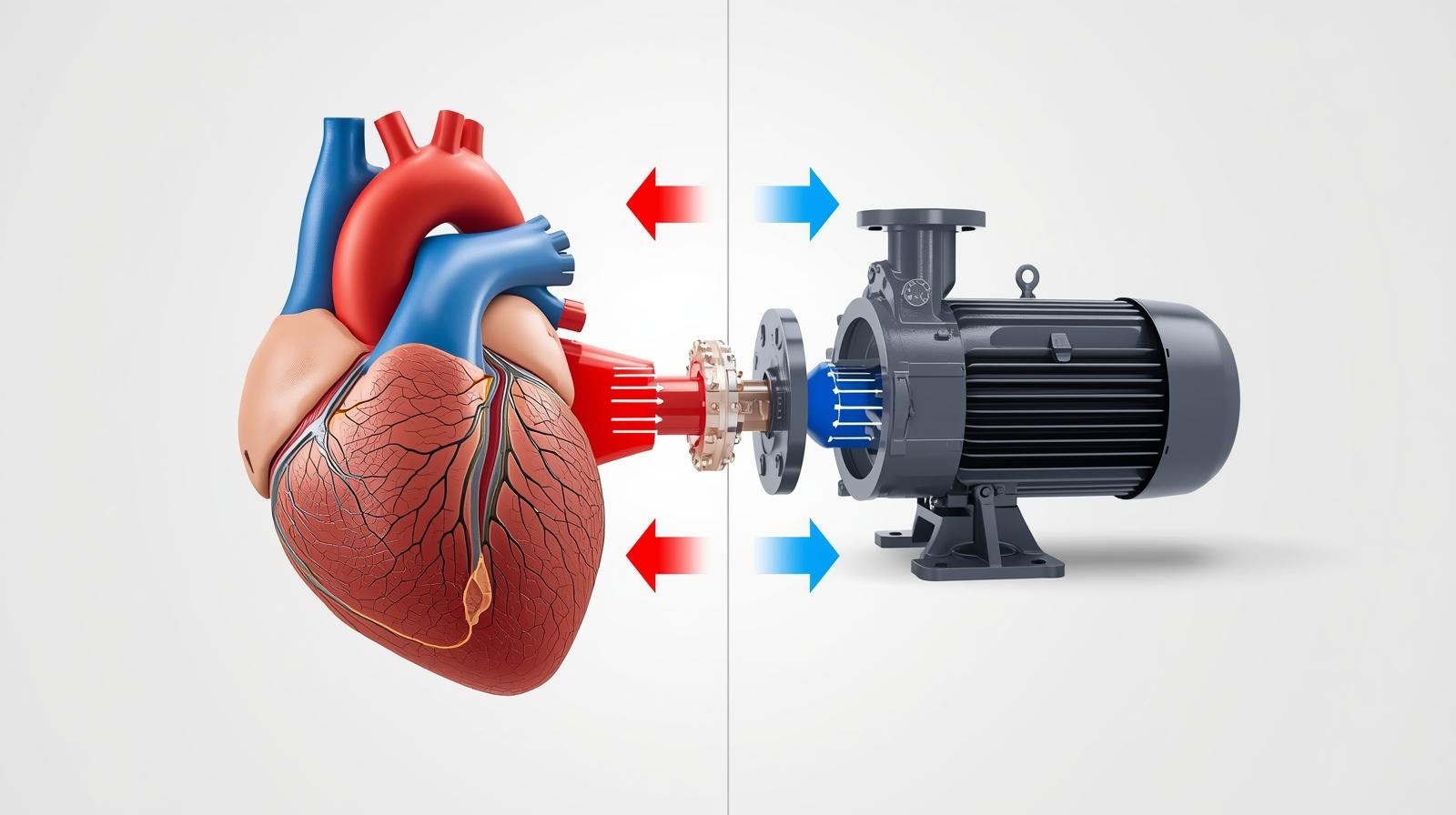

Step 7: Transport network – blood vessels, ductwork, and pipework
The human body relies on an intricate branching system of blood vessels. Arteries deliver oxygen-rich blood, capillaries reach even the smallest tissues, and veins return blood to the heart.
Buildings mirror this with both ductwork and pipework.
- Ductwork distributes conditioned air to every space and brings it back for reconditioning.
- Pipework carries chilled water, hot water, and refrigerant throughout the building. Just as blood pressure must be maintained for the body to function, pressure integrity in pipes is critical.
Together, ducts and pipes form the circulatory network of a building. Keeping them sealed, insulated, and balanced ensures the system runs efficiently.
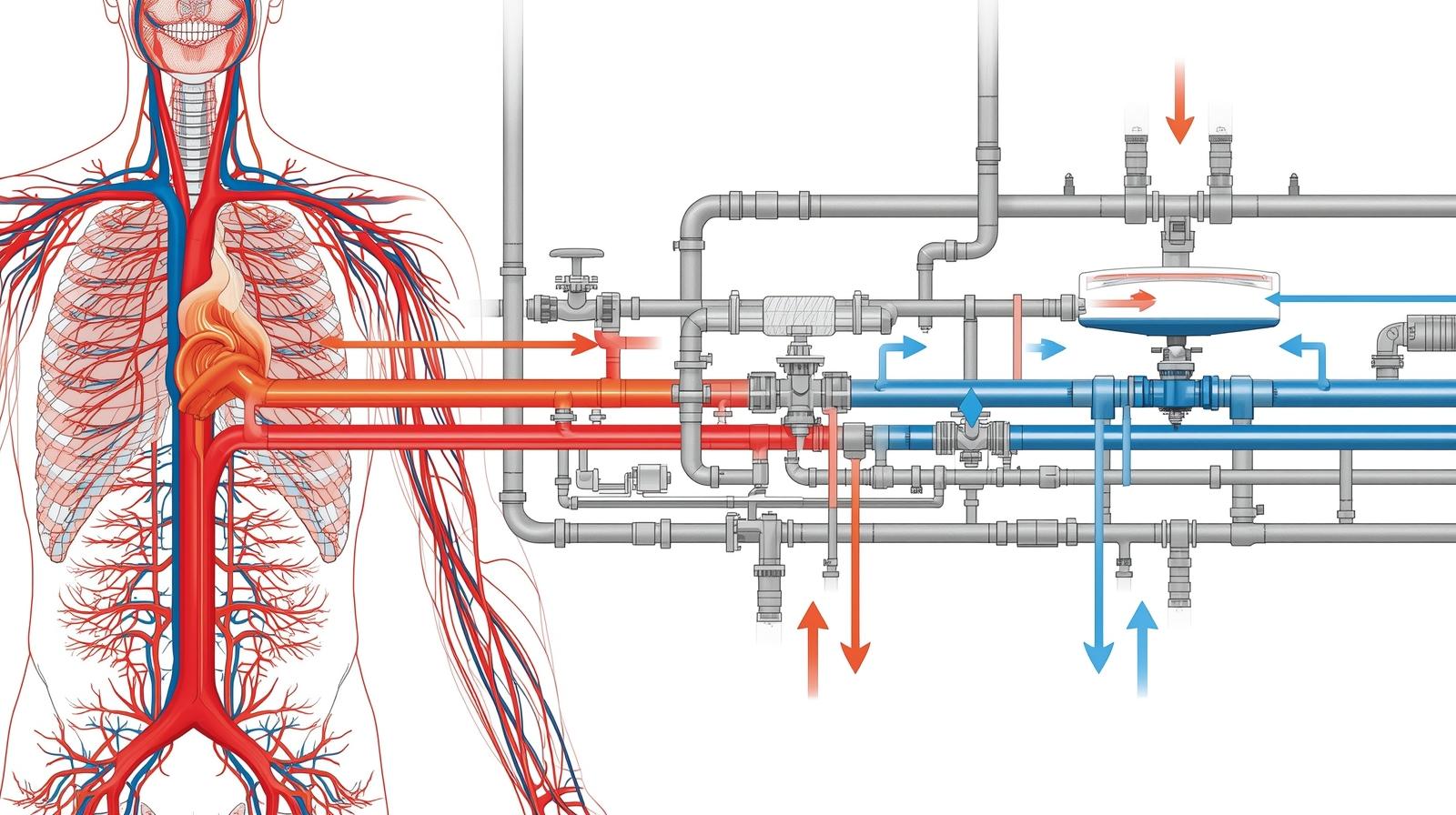

Step 8: Local adjustments – reflexes and dampers
When you exercise, bloodflow shifts instantly to your muscles. Arterioles dilate or contract, while reflexes adjust heart rate and breathing without conscious effort.
Buildings use dampers and variable air volume (VAV) boxes to do the same. They fine-tune airflow zone by zone. Too hot in one room? The damper adjusts. Where the body responds instantly, buildings depend on sensors and programming.
Step 9: Water balance – kidneys and humidifiers
Your kidneys are constantly balancing hydration. When water is low, they conserve it by concentrating urine; when fluid is high, they release more. Sweat glands also act as moisture regulators, cooling the body while expelling water.
HVAC systems copy this with humidifiers and dehumidifiers, which keep air at comfortable moisture levels. Just as dehydration or excess fluid can harm your body, overly dry or damp air can harm both people and buildings.
Step 10: Pressure buffers – the bladder and expansion tanks
The bladder stores urine until it is ready to be released, maintaining balance in the body. Similarly, blood vessels can expand slightly to absorb sudden surges in pressure, protecting delicate tissues from damage.
In HVAC systems, expansion tanks perform this stabilising role. As water heats up, it expands, which increases system pressure. An expansion tank provides a cushion of air or a flexible diaphragm that absorbs the extra volume, keeping pressure within safe operating limits. This prevents unnecessary stress on the system and ensures reliable, long-term operation.
Step 11: Master controller – the brain and BMS
Your brain, led by the hypothalamus, is constantly monitoring and adjusting. It predicts, anticipates, and balances temperature, hydration, and energy needs in real time.
Buildings use a building management system (BMS) to integrate all components including chillers, boilers, pumps, fans, and sensors. But while a BMS follows programmed rules, the human brain is creative, adaptive, and capable of learning from experience.
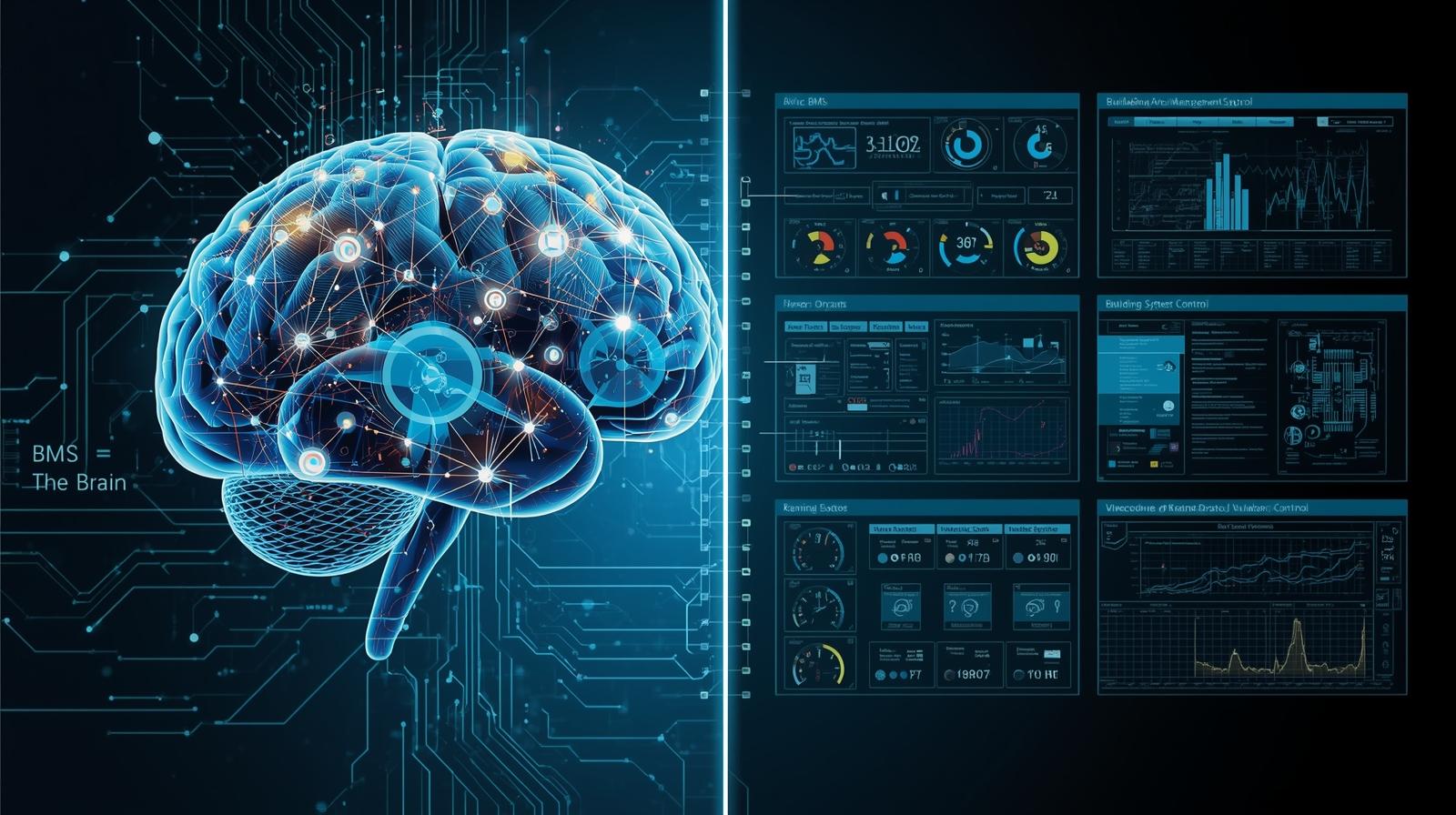

Lessons from our own bodies
Looking at a high rise building as a living body is more than an analogy. It’s a reminder that the smartest machines we’ve built still fall short of biology’s genius. Your body heals itself, adapts instantly, and runs for decades with minimal downtime. No HVAC system can yet claim that.
Nevertheless, there are lessons we can take from this. Just as the human body relies on rest and repair to sustain itself, buildings thrive when their systems are cared for. Predictive maintenance – spotting problems before they happen – is like the body recognising early warning signs of illness. When combined with regular servicing, timely filter changes, and careful energy monitoring, HVAC systems can last far longer, run more efficiently, and save enormous costs over their lifetime.
Perhaps the most powerful lesson is adaptability. Our bodies adjust instantly to temperature, hydration, and stress without conscious thought. Buildings can move closer to this biological efficiency by adopting AI-driven controls that fine-tune operations in real time, reducing energy waste while keeping people comfortable. Add to that the integration of renewable energy sources such as solar, wind, or geothermal energy and you have a system that not only adapts, but also sustains itself in cleaner, greener ways.
The long-term result is simple but profound; just as the body extends its own life through balance and renewal, buildings too can increase their life expectancy through proper measures. With predictive maintenance, smart energy use, AI adaptability, and renewable power, our high-rise buildings can operate for decades with greater reliability and lower impact.
The next frontier in engineering may be buildings that are not just smart, but “alive” – capable of self-repair, adaptive control, and waste-free operation.
About the author
Gary (Guru) Raman, Affil.AIRAH, is a senior HVAC engineer with 15+ years’ industry experience and a chartered engineer (& NER) from Engineers Australia.
He undertakes preliminary and detailed design, coordination, and value engineering across the defence, commercial, refurbishment, and education sectors.
Driven by sustainability, collaboration, and innovation, Gary also volunteers with Scouts NSW and an NGO called The Art of Living Foundation.


PREV
NEXT
Comments
-
Nice article Guru
Advertisements
Recent news
- 2025 AIRAH National Awards: Woolworths Group wins both Excellence in Refrigeration and Excellence in Innovation
- 2025 AIRAH National Awards: A.G. Coombs wins Excellence in HVAC – Best Retrofit Project
- 2025 AIRAH National Awards: Ellis Air wins Excellence in HVAC – Best New Project
Latest events
- 2025 AIRAH National Awards: Woolworths Group wins both Excellence in Refrigeration and Excellence in Innovation
- 2025 AIRAH National Awards: A.G. Coombs wins Excellence in HVAC – Best Retrofit Project
- 2025 AIRAH National Awards: Ellis Air wins Excellence in HVAC – Best New Project
 Gary (Guru) Raman, Affil.AIRAH
Gary (Guru) Raman, Affil.AIRAH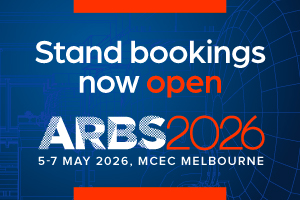

Leave a Reply